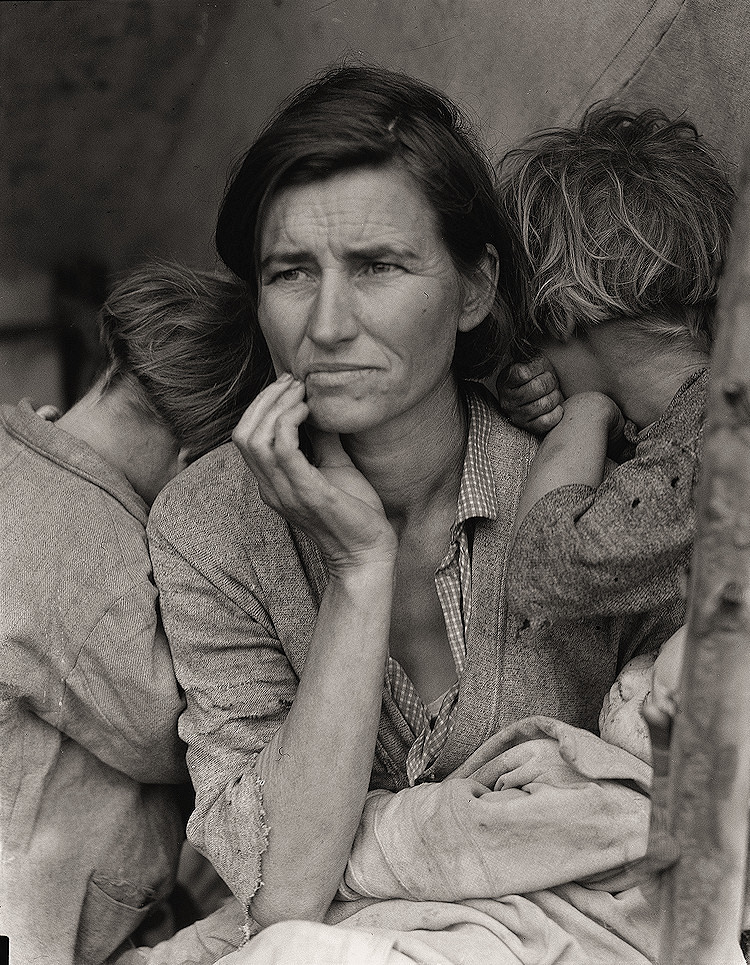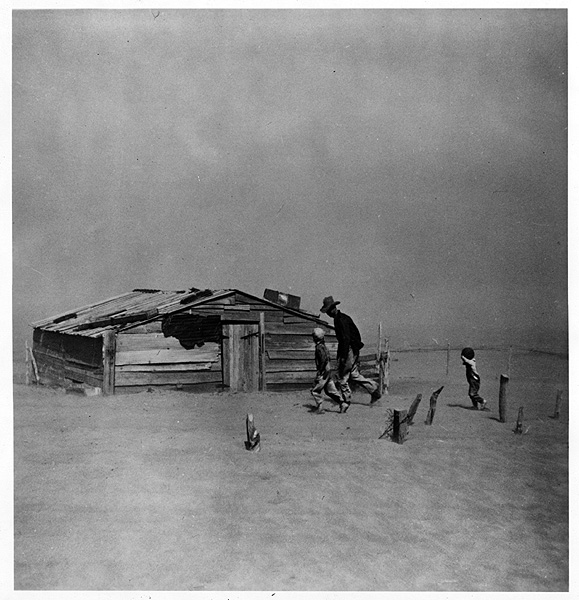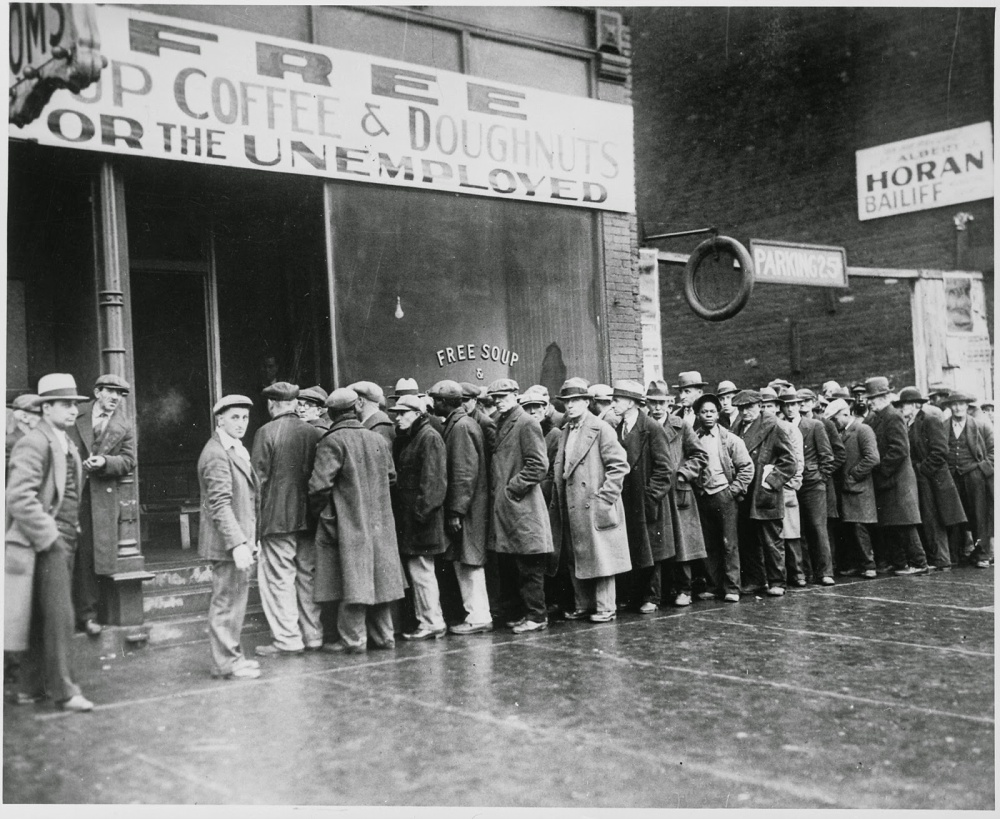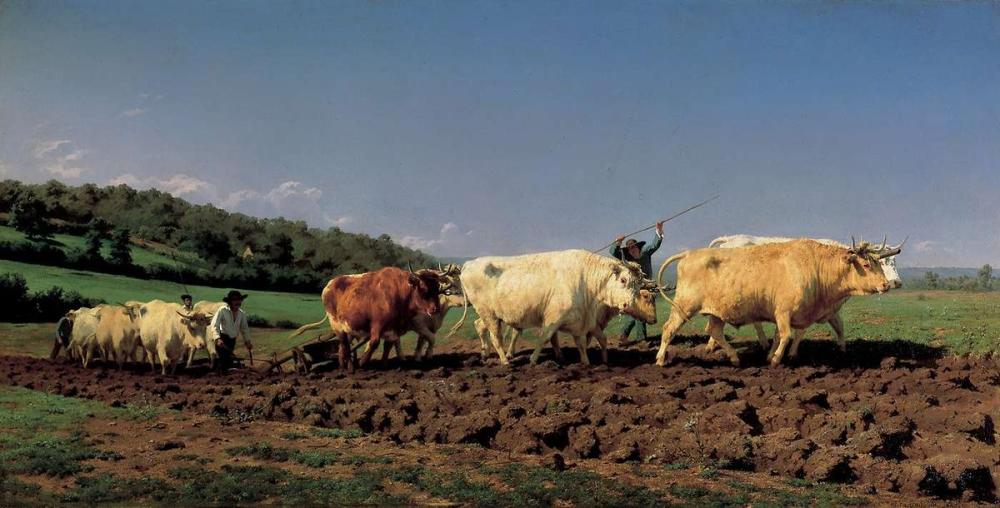Early Modern Era: The Great Depression
March 27, 2016
From 1929-1939, America entered what is now known as the longest-lasting and most devastating economic crisis in the history of the Western world. The Great Depression came about following the stock market crash in October of 1929. Wall Street was immediately set into a panic and millions of investors were completely wiped out. Due to the downturn in investments and spending, businesses and factories were forced to slow production, therefore many workers were laid off. From then on, unemployment rates went through the roof. By 1933, the Great Depression reached its lowest point, and up to 15 million Americans (20% of the population at that time) were unemployed and almost half of the countries banks had failed. Relief measures were put into place by President Roosevelt’s New Deal, which helped lesson the Depression for a bit. The economy finally started to turn around once the American industry kicked into full gear following the start of World War II. During the Great Depression, artists and photographers captured the life of American workers and families. Their artwork became some of the most famous pieces to this day, as it truly symbolizes and portrays the harsh reality of the Depression.

“Migrant Mother” by Dorothea Lange, California 1936
One of the most iconic photographs in American history, the Migrant Mother by Dorothea Lange is an amazing photo that captured the life and harsh conditions that families faced during The Great Depression. At the time, Lange was working for the Farm Security Administration, documenting the impact of federal programs in rural areas. While driving home for the day, Lange stopped by a camp for seasonal agricultural workers and took this photo along with five others. This 32 year old woman, who she was quickly drawn to, had seven children, and they looked to be on the brink of starvation as they huddled under their tent. You can see in the photograph how worn out and deprived she is with her kids. The infant she is holding is dirty, and the other two children appear to be exhausted and lack any sign of happiness or enthusiasm. Even the look on the mother’s face shows concern and struggle. If this photo doesn’t perfectly capture the life and hardships of the Depression, then I don’t what does.

“Farmer and Sons Walking in the Face of a Dust Storm” by Arthur Rothstein, Cimarron County, Oklahoma, 1936
During the Great Depression, farmers were also hit hard by the economic recession. But in a terrible coincidence, the Dust Bowl Drought also began the same time the Depression did, which devastated farmers across the nation. The drought and high winds eroded the deprived soil and it created these crazy dust storms. Arthur Rothstein captured this famous photograph while he was working for the Farm Security Administration. The man, Arthur Coble, and his two sons Milton and Darrel, are shown walking past a run-down shed on their property during a heavy dust storm. Instead of moving away and abandoning their home, the family stayed even during these harsh circumstances. Throughout this time, many photographers worked for the FSA, and it was their intention to document and show what it was like for families across America to live. Their photographs created sympathy, and they proved how necessary the government’s assistance programs were to those who were hit the hardest during the Great Depression and the Dust Bowl.

“Unemployed Men Outside a Soup Kitchen” by Al Capone, Chicago, 1931
Believe it or not, the famous gangster Al Capone started up one of the very first soup kitchens during the Great Depression. Soup kitchen’s rose dramatically following the beginning of the Great Depression as they provided food for the homeless and poor. Al Capone opened this soup kitchen in an effort to help clean up his image, since it was well known that he was a dangerous gangster that ran a criminal enterprise. This photograph perfectly encapsulates what it was like living in a big city during the Depression. Long lines like the one above became a very common occurrence during this time, whether it be at a soup kitchen, or people waiting in hopes they will get a job, even if it was for just one day. The men in the photo look cold and helpless as they wait in line on a dreary Chicago day. Unfortunately this was probably an every day routine for most people at that time.
Overall, I personally love the photography during The Great Depression. It was a sad and discouraging time for America, but the photos that were taken capture this iconic time in History in such an amazing way. They tell the story of the Depression, and they truly are fascinating pictures to look back on. These are photographs that will remain famous forever.
Sources:
“The Great Depression.” History.com. A&E Television Networks, n.d. Web. 28 Mar. 2016.
http://www.history.com/topics/great-depression
“Migrant Mother, 1936.” Migrant Mother, 1936. N.p., n.d. Web. 28 Mar. 2016.
http://www.eyewitnesstohistory.com/migrantmother.htm
“Inspiring Visions: Artists’ Views of the American West.” Inspiring Visions: Artists’ Views of the American West. N.p., n.d. Web. 28 Mar. 2016.
http://www.cartermuseum.org/Inspiring_Visions/Rothstein/rothstein_art.html
“Al Capone’s Soup Kitchen during the Great Depression, Chicago, 1931.”Rare Historical Photos. N.p., 05 Mar. 2014. Web. 28 Mar. 2016.
http://rarehistoricalphotos.com/al-capones-soup-kitchen-great-depression-chicago-1931/

